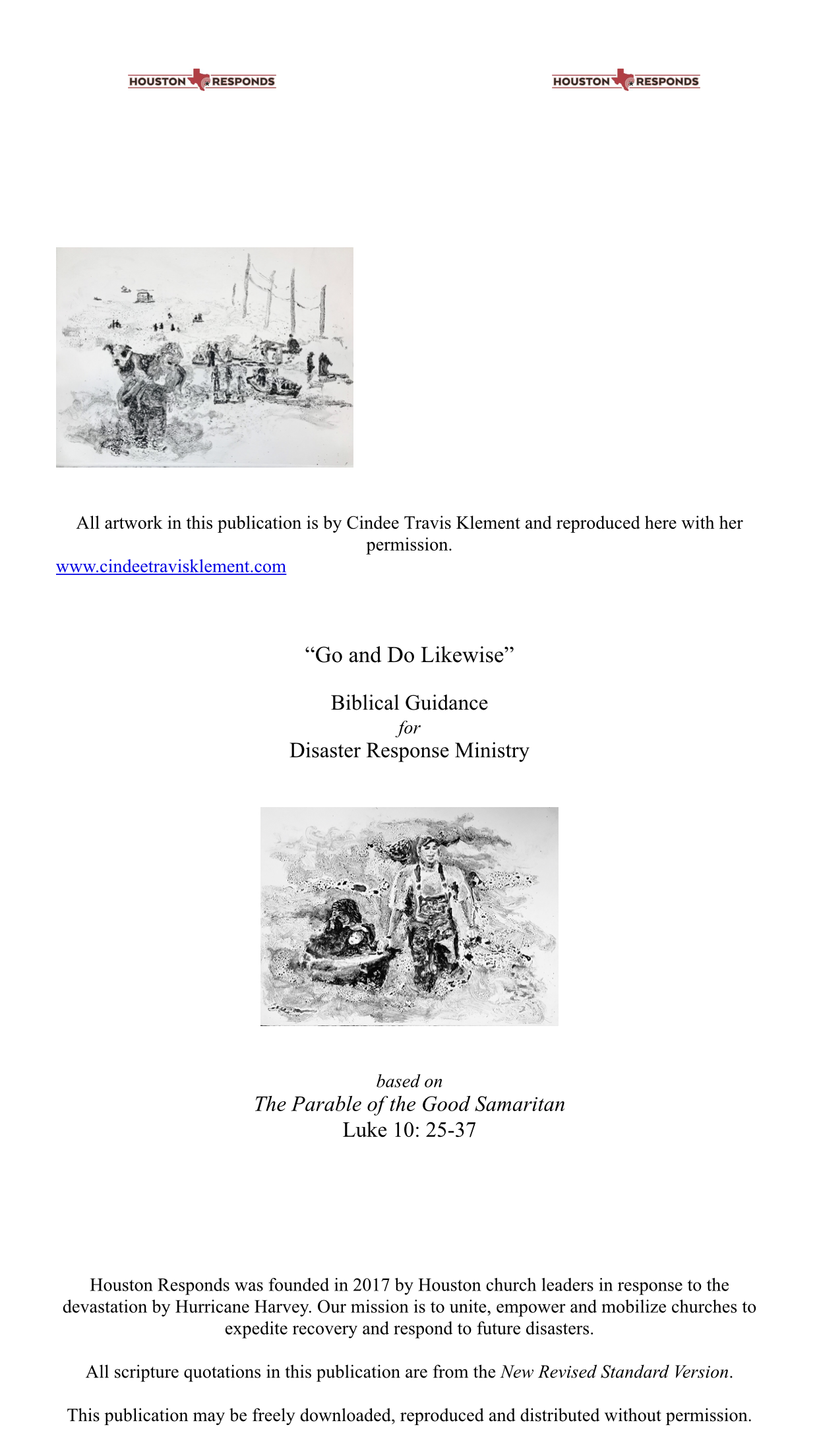Connecting the legs and reinforcing them.
Building the hips and connecting the legs
Side view
View from back
I create triangles to give the piece stability and strength.
Left side view with triangles
View from the back
view of the right side
Using scraps to create triangles to strengthen the ankles.
Looking back, I can now see the hips are not right and are exaggerating the movement. I will have the movement exaggerated when the piece is finished, but for the armature, I will have to tone it down.


















































































